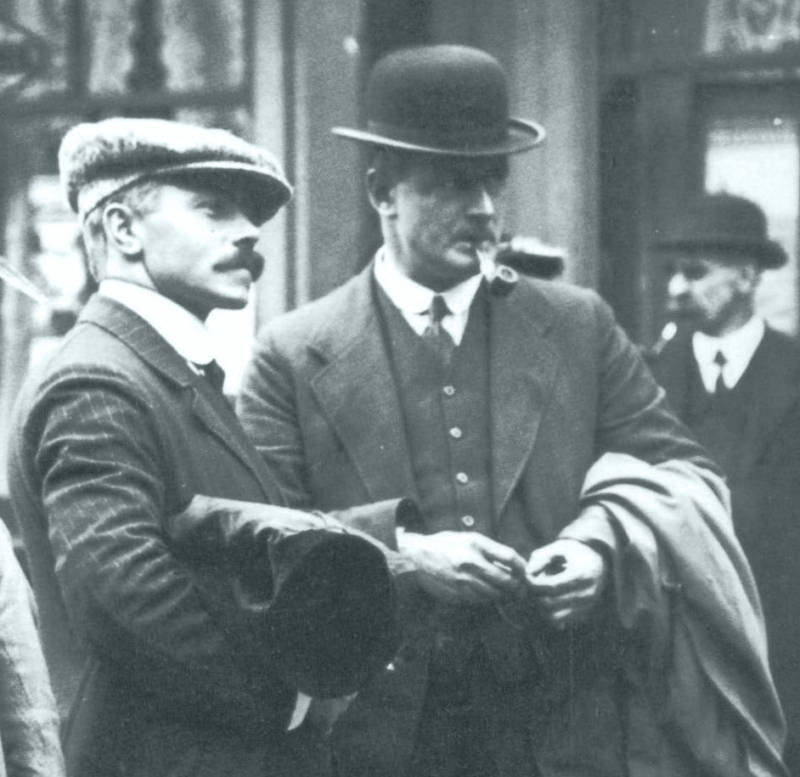Charles Lightoller, The Officer Who Went Down With The Ship — Before Fate Intervened

Wikimedia CommonsCharles Lightoller (right).
As the lifeboats were launched, second officer Charles Lightoller observed the “women and children first” rule so aggressively that he sometimes let lifeboats go into the water with empty seats rather than let any men occupy them.
But whatever people said about Lightoller in the tragedy’s aftermath, they couldn’t call him a hypocrite. The second officer intended to go down with the ship — and very nearly did.
He was on the Titanic as it slipped underwater, at the bitter end, when there were no lifeboats left. Feet below the surface, he was trapped against a grate when the ship’s boiler exploded, sending up a blast of air that carried him to the surface.
Afterward, he swam to an overturned collapsible boat where 30 or so people clung to life. He joined them and showed them how to shift their weight to keep the big swells from the sinking ship from swamping their small craft.
Together, they survived the night, and Lightoller was the last survivor to set foot on the rescue ship that reached them at dawn.
In the inquiries that followed the tragedy, it emerged that Lightoller’s lifeboat policy wasn’t as hard-nosed as it seemed. Doubting the strength of the lifeboats’ davits, he intended to fill the remaining slots on the ships once they had safely reached the waterline.
But the men assigned to the task drowned before they could open the lower doors — meaning some lifeboats sailed away with empty seats.
In the aftermath of the sinking, Lightoller made a number of recommendations for better safety measures and tighter regulations that could prevent similar disasters in the future. Many of his suggestions are now maritime law.





